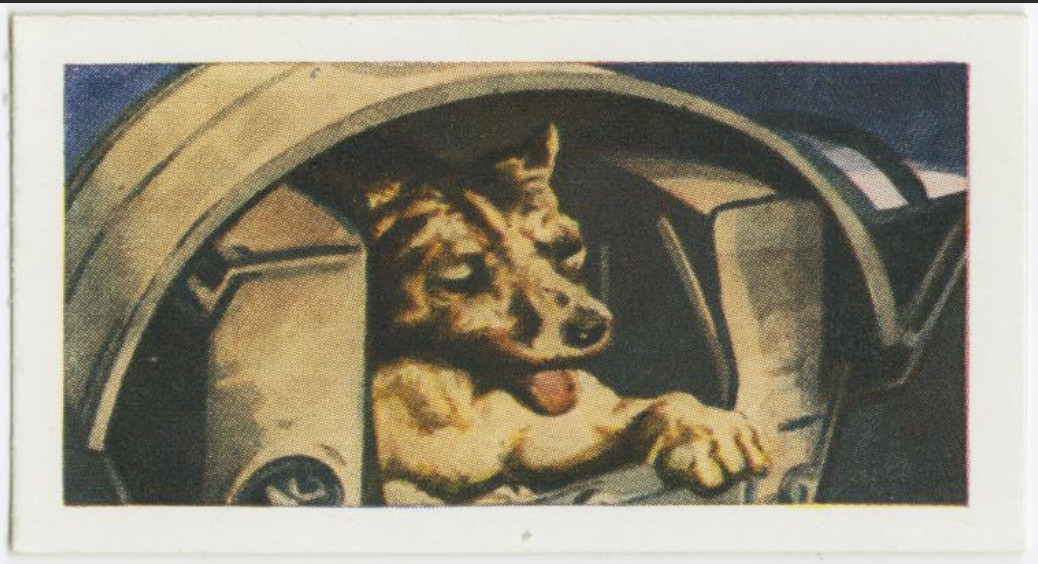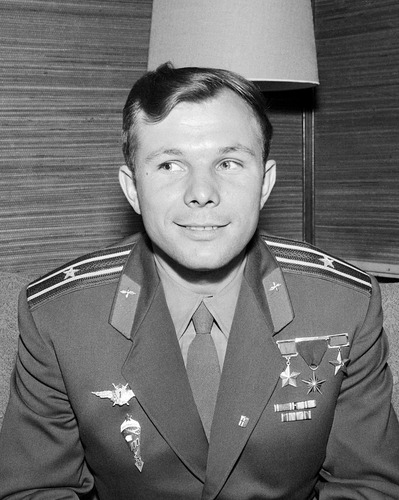Soviet Head Start
Artificial Satellites
During the initial years of the Space Race, following the launch of Sputnik 1 by the Soviet Union on October 4, 1957, the world witnessed a significant period of Soviet space dominance. This event marked the beginning of human endeavors beyond Earth's atmosphere and initiated a phase where the Soviet Union enjoyed a noticeable lead in space exploration.
Sputnik 1, the first artificial satellite, orbited the Earth, demonstrating the Soviet Union's technological capabilities and setting a precedent in space achievements. This milestone in space exploration triggered concerns and a sense of urgency in the United States to catch up with Soviet advancements. The subsequent launch of Sputnik 2 on November 3, 1957, carrying the first living being, a dog named Laika, further accentuated Soviet accomplishments in space.
Manned Missions
Following Sputnik, the Soviet Union continued to make significant strides in space exploration. Achievements like Yuri Gagarin's historic orbit of the Earth in 1961 further bolstered Soviet prestige. The Soviet space program focused on achieving various milestones, including multiple successful manned missions, spacewalks, and the development of space stations such as Mir.
The early years of the Space Race, marked by Soviet milestones such as Sputnik's launch and sending the first human into outer space, fueled competition and heightened the strategic importance of space exploration. This period catalyzed significant advancements in space technology and policy changes in both the Soviet Union and the United States, setting the stage for a prolonged and influential space rivalry that characterized much of the Cold War era.


